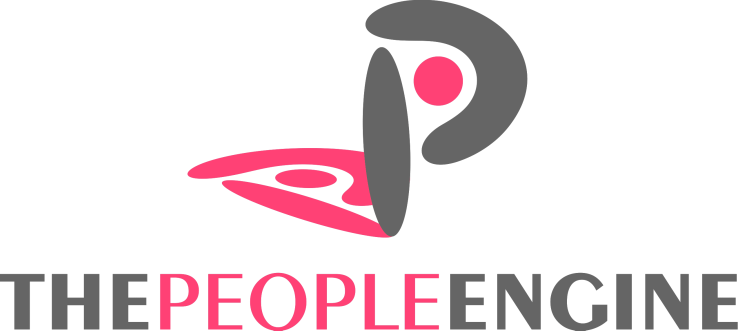‘Bad’ hires. We have all been there. You might have made an unintentional bad call when hiring and now your much-anticipated new employee isn’t working out. You have invested time and energy in the hiring process, so going through that again probably isn’t appealing. But you might not have to.
The next steps can be tricky and challenging to navigate. By figuring out what isn’t working, you can assess how to best handle the bad hire situation in a way that benefits both the new employee and the organisation.
Identify the core issue
Mis-hires can happen for several reasons. Possibly, the candidate exaggerated on their resume and aren’t really qualified for the position. Alternatively, they might have a negative attitude or already looking for a promotion.
Take some time to discover why your new hire isn’t working out before you do anything drastic or damaging.
You most certainly need to meet one to one, to clarify your expectations and find out what is going on for them. You could possibly provide additional coaching or training to get the new hire’s skills up to the level needed.
If it is their attitude that is causing problems, this needs to be dealt with quickly as it is often contagious and may infect other team members. It may mean parting ways sooner rather than later.
Engage in honest conversations
It is more than likely that the new hire knows things aren’t working out how it was intended. Sit them down for some honest conversations. Invite them to share their perspective of the situation. Give and be willing to receive constructive feedback. You may learn the job wasn’t what was expected or they haven’t felt supported in their new role.
Having honest conversations is also a way to get a temperature check on whether they are receptive to feedback and willing to expand and grow to make things work. With consistent and regular feedback, you may be able to smooth out the problems and move forward.
Reassign the employee or part ways
Once you have honest conversations with the new employee, you will be able to assess if they are willing to work towards a solution, or maybe you both need to part ways.
One solution could be to find another role, more suited for them in the organisation. Through your discussions, you may find that they thrive in other positions that are available within the organisation. This may not always be possible, but it is more efficient than starting the whole process over again.
Sometimes reassignment isn’t always the best option.
They aren’t fitting into the organisation. Then you must apologize to the employee and make it clear that you appreciate their work and contributions, but you must go on different paths. If the parting is amicable, be liberal with severance and references. If you decide it is untenable and you must part ways, being generous will at least minimize the damage and help set them up for their future success.
Learn
While it is easy to blame the ‘bad’ hire, they can’t take all the responsibility. Be realistic and recognise what you could be doing to make the recruitment process more accurate or onboarding easier.
Learn from the feedback given about their experience in the first thirty to ninety days of employment with the organisation. Look at your job description and assess whether it is accurate. Consider having a current employee in the position to give feedback on the position statement. Take the time to update the job description and ensure that expectations are set before the first interview.
While it is never pleasant to deal with mis-hires, they are a recruiting reality. Try to reign in the mess by assessing the situation, determining the proper course of action and soon enough you will reach a solution that feels right for both parties.





